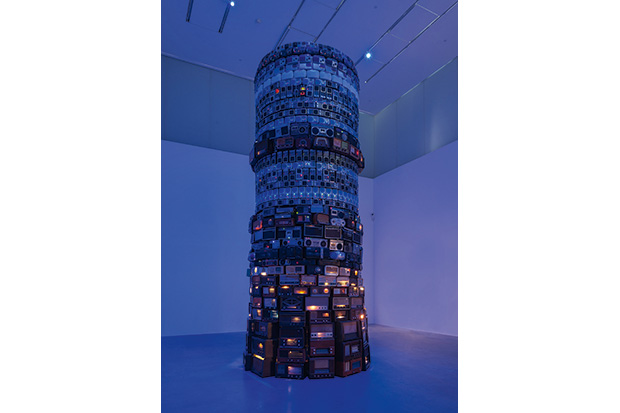In 1992 I wrote a column that was published under the headline ‘It’s Time to Split the Tate’. To my absolute astonishment, shortly afterwards it was announced that this would actually happen (no doubt a coincidence rather than a response to my words). Hitherto, though it is hard now to recall those times, there had been just a single Tate gallery in London — the one on Millbank, containing a cheerful jumble of British painting from the Tudor era onwards mixed with what was then described as modern ‘foreign’ art.
Eventually, Tate Modern opened and became one of the most prominent features on the cultural landscape, not only of London but also of Britain. Nearly six million visitors a year pour through its doors. It has been by almost any measure a huge success. Nonetheless, as I walked around the handsome new galleries designed by the Swiss architects Herzog and de Meuron that were unveiled this week, I felt another radical idea forming at the back of my mind. Perhaps it’s time for the Tate to drop the ‘modern’ tag and hand over the earlier parts of the collection to the National Gallery.
This makes sense partly because 1900, currently the official starting point of the modern age as far as London is concerned, is slowly vanishing into the distant past. We can’t go on pretending for ever that modernity began in the era of the silent film and the horseless carriage. But, more to the point, it’s an acknowledgment of what Tate Modern has really become: Tate Contemporary.
Almost all of the work on display in the new building — dubbed the Switch House — has been purchased since the millennium. A great deal of it was also made in the past two or three decades.








Comments
Join the debate for just £1 a month
Be part of the conversation with other Spectator readers by getting your first three months for £3.
UNLOCK ACCESS Just £1 a monthAlready a subscriber? Log in